Microsoft Dynamics 365 Finance and Operations Apps Developer MB500 Course Outline
Within this Microsoft training course, you will learn the following modules:
Module 1: Describe the Finance and Operations Apps
- Introduction
- Describe Enterprise Resource Planning (ERP)
- Describe Finance and Operations Apps Use Cases
- Describe the Finance and Operations Apps User Interfaces
- Exercise: Navigate the Finance and Operations Apps
Module 2: Explore the Ecosystem and Main Components of Finance And Operations Apps
- Finance and Operations Apps and Associated Apps
- Finance + Operations On-Premises and Cloud-Based Finance and Operations Apps
- Development and Deployment Processes
- User Interface
- Reporting Capabilities
Module 3: Key Differences Between Dynamics AX 2012 And Finance and Operations Apps
- Introduction
- Microsoft Programs to Help Customers
- Microsoft Cloud
- Cloud Concepts
- Architecture Differences to Consider
- Operational Differences to Consider
Module 4: Explore the Technical Architecture of Finance and Operations Apps
- Differentiate Cloud and On-Premises Architecture
- Elements, Models, And Packages
- Application Components and Architecture
- Metadata Management Processes
- Source Control Processes
- Conform Code to Organisation Policies
- Overview of Lifecycle Services
Module 5: Implement Application Lifecycle Management in Finance and Operations Apps
- ALM Methodologies
- Design and Create Models
- Plan the Build, Test, And Quality Control Processes
- Identify Upgrade Scenarios and Appropriate Tools
- Plan the Release, Change, And Risk Management Processes
Module 6: Manage Finance and Operations Apps Implementations by Using Lifecycle Services
- Introduction
- Perform Support Tasks
- Provision and Manage Environments
- Manage Asset Libraries
- Manage the Code Update Process
Module 7: Start Developing for Finance and Operations Apps by Using Visual Studio
- Introduction
- Create and Build Projects
- Create and Use Label Files
- Manage Metadata by Using the Application Explorer
- Build Deployment Packages
- Synchronise Data Changes with The Database
- Use the Element Designer to Create Elements
Lab: Create A Project and Add an Element
Module 8: Manage Source Code by Using Version Control in Finance and Operations Apps
- Introduction
- Configure Visual Studio to Connect to Azure Devops
- Working in Visual Studio
- Manage and Perform Code Reviews
Module 9: Build Extended Data Types and Enumerations for Finance and Operations Apps
- Introduction
- Extended Data Types and Element Properties
- Base Enums and Element Properties
Lab: Create a Base Enumeration, Add Elements, and Update Properties
Module 10: Build Data Models in Finance and Operations Apps
- Create Tables and Table Fields
- Populate Table and Field Properties
- Add Fields, Field Groups, Indexes, and Relations
- Table Methods
- Create, Manage, and Extend Views
- Create, Manage, and Extend Queries
- Create, Manage, and Extend Table Maps
Lab: Create a Table, Add Fields, And Create Field Groups
Module 11: Extend Elements in Finance and Operations Apps
- Introduction
- Add A Table Extension to a Project
- Add A Form Extension to a Project
- Extend Menus
- Implement Delegates
Lab: Extend A Form and Add Controls
Module 12: Build Forms and Optimise Form Performance in Finance and Operations Apps
- Introduction
- Add A New Form to a Project and Apply A Pattern
- Add A Data Source to a Form
- Add Grids, Fields, And Groups to a Form
- Form Methods
- Create and Populate Menu Items
- Create and Extend Menus
- Test Form Functionality and Data Connections
- Diagnose and Optimise Client Performance
- Optimise Form Loading and Performance
Lab: Create a Form
Module 13: Create Classes in Finance and Operations Apps
- Introduction
- Add A Class to A Project
- Add Code and Methods to Meet Business Requirements
- Data Manipulation
Lab: Insert Records by Using a Runnable Class
Module 14: Explore Extensions and The Extension Framework in Finance and Operations Apps
- Introduction
- Customisation Models
- Extension Points for Frameworks
- Develop Code to Extend A Framework
- Create Pre-Event and Post-Event Handler Classes
- Implement the Sysoperationsandbox Framework
Lab: Extend An EDT
Module 15: Configure Your User Interface in Finance and Operations Apps
- Introduction
- Manage Menus: Favourites
- Manage Menus: Dashboards by Role
- Manage Menus: Key Performance Indicators
- Manage Forms: Fields
- Manage Forms: Filters and Ranges
- Configure Reports
- Exercise: Create Favourites
- Exercise: View Role-Based Dashboards
- Exercise: Change Form Fields and Queries
- Exercise: Change Report Output
Module 16: Build Workspaces in Finance and Operations Apps
- Design Kpis
- Create Drill-Through Workspace Elements
- Create Custom Reusable Report Functions by Using RDL
- Implement Built-In Kpis, Charts, And Other Reporting Components
- Exercise: Create A Workspace and Add a Tile, List, Link, And Power BI Element
Module 17: Get Started with Development Using X++ In Finance and Operations Apps
- Introduction
- Implement Base Types and Operators
- Common Structured Programming Constructs Of X++
- Use X++ To Write SQL Statements
- Use Conditional and Iterative Statements
- Exception Handling
- Use Const Values
- Use X++ Runtime Functions for Common Tasks
- Call .NET Libraries by Using X++ Code
Module 18: Develop Object-Oriented Code in Finance And Operations Apps
- Introduction
- Explore Inheritance and Abstract Classes
- Use Attributes
- Implement Chain of Command
- Implement X++ Scoping and Access Identifiers
- Interfaces
- Exercise: Create an Extension by Using Chain Of Command
Module 19: Build Reports for Finance and Operations Apps
- Implement Business Document Management
- Create and Modify Reports That Use SSRS
- Implement Query Objects and Query Builder
- Create and Modify Reports by Using Power BI
- Create and Modify Reports by Using Excel
- Exercise: Create and Deploy A Report
Module 20: Implement the Data Management Package API For Finance and Operations Apps
- Introduction
- Import and Export Apis
- Monitor the Status of Apis
- Manage Entity Change Tracking
- Create Wrapper Classes to Consume External Web Services
- Create Wrapper Classes with C#
Module 21: Explore the Test Framework and Tools in Finance and Operations Apps
- Introduction
- Unit Test Framework
- Acceptance Test Library
- Task Recorder
- Best Practices Tool
- Identify Various Categories and Types of Errors
- Configure the Testing Environment and Prepare Data
- Run Unit Tests
- Document and Fix Issues
Module 22: Perform User Acceptance Testing in Finance and Operations Apps
- Introduction
- Create User Acceptance Test Libraries
- Record Test Cases and Save To BPM
- Synchronise and Configure Your Test Plan in Azure Devops
- Run User Acceptance Tests
- Data Task Automation
- Exercise: Build Test Scripts to Test Business Functionality
Module 23: Explore Reporting Tools in Finance and Operations Apps
- Introduction
- Create and Modify Report Data Sources and Supporting Classes
- Implement Reporting Security Requirements
- Publish A Report
Lab: Set Authorisation Requirements on Database Tables
Module 24: Compare Reporting and Analytics in Finance and Operations Apps with Dynamics AX 2012
- Introduction
- Reporting and Power BI Analysis
- Reporting Options
- Data Export Components
- Modernise Your Data Warehouse
- Modernise Your Analytics and Reporting
Module 24: Identify Data Integration Patterns and Scenarios in Finance And Operations Apps
- Introduction
- Select an Integration API
- Synchronous and Asynchronous Patterns
- Data Integration Scenarios
Module 26: Implement Data Integration Concepts and Solutions for Finance and Operations Apps
- Introduction
- Develop an Entity and Enable It for Data Export
- Implement Custom Services
- Expose Odata Endpoints from Data Entities
- Consume External Web Services
- Integrate Finance and Operations Apps with Microsoft Excel
- Integrate Finance and Operations Apps with External Applications by Using Power Apps
- Download Electronic Document Interchange Solutions
- Verify Source and Target Data for Auditing
- Debug with JSON Web Tokens
Module 27: Data Integrations with Finance and Operations Apps
- Introduction
- Set Up A Data Project and Recurring Data Job
- Exercise - Create A Data Project and Recurring Data Job
- Implement Authorisation to Support Integration
- Monitor Status and Availability of Entities
- Develop Data Transformation
- Microsoft Dataverse Integrations
- Integrate Dataverse By Using Virtual Entities
- Work with Composite Data Entities
- Azure Data Lake and Entity Store
- Connect to Azure Data Lake Storage
- Change Data in Azure Data Lake
- Power Platform Convergence
Module 28: Connect to Microsoft Power Platform Services with Finance and Operations Apps
- Connect Your Finance and Operations Apps Data Using Power Automate
- Triggers and Actions Used in Power Automate for Finance and Operations Apps
- Connect to Your Finance and Operations Apps Data with Power Apps
- Finance and Operations Data on Common Data Model and Microsoft Dataverse
Module 29: Dual-Write Implementation for Dynamics 365 Solutions
- Introduction
- Dual-Write Implementation Workshop Overview
- Prepare for The Workshop
- Workshop Implementation and Follow-Up
Module 30: Work with Data Management in Finance and Operations Apps
- Introduction
- Data Management Concepts
- Use Data Entities for Data Management and Integration
- Work with the Data Management Workspace
- Using Standard and Enhanced Views for Tiles
- Use Templates in Data Management
- Export, Import, And Copy Data into A Legal Entity
- Database Movement Operations
- Data Sharing Framework
Lab: Explore the Data Management Workspace
Lab: Export Data Using the Data Management Workspace
Module 31: Work with Performance and Monitoring Tools in Finance and Operations Apps
Introduction
- Diagnose Performance Issues by Using Trace Parser
- Load Testing by Using the Performance SDK
- Monitor Performance by Using SQL Insights
- Create A SQL Trace by Using the SQL Profiler
- Monitor Server Health Metrics in Lifecycle Services
- Exercise: Use the Environment Monitoring Tool in Lifecycle Services
Module 32: Implement Role-Based Security in Finance and Operations Apps
- Introduction
- Create and Modify Duties, Privileges, And Permissions
- Enforce Permissions Policy
- Extensible Data Security Framework
- Apply Security Permissions
- Microsoft Entra ID and Oauth 2.0 Authentication
Lab: Create A New Security Role and Add Duties
Module 33: Plan and Implement Security in Finance and Operations Apps
- Introduction
- Understand the Security Architecture
- Encryption in Finance and Operations Apps
- Manage Users and Security
- Set Up and Apply Segregation of Duties
- Run Security Reports
- Stay Compliant with User Licensing Requirements
- Security Diagnostics for Task Recordings
- Extensible Data Security Policies
- Exercise - Import A User and Assign Security Role
Lab: Work with Security
Module 34: Apply Basic Performance Optimisation in Finance and Operations Apps
- Introduction
- Identify and Apply Caching Mechanisms
- Optimise Temporary Table Usage
- When to Use Set-Based Statements and Row-Based Operations
- Query Optimisation Principles
- Modify the Scope of a Variable
- Analyse and Optimise Concurrency
- Apply Parallel Processing Algorithms
- Implement the Async Framework
- Develop Windows Powershell Scripts
Lab: Create Runnable Classes in Visual Studio to Test Code






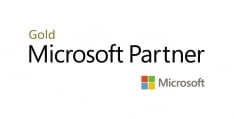

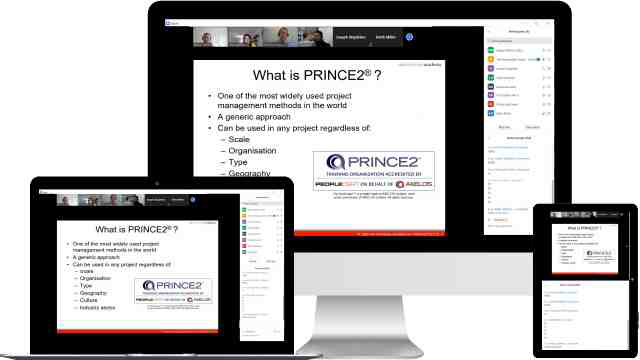
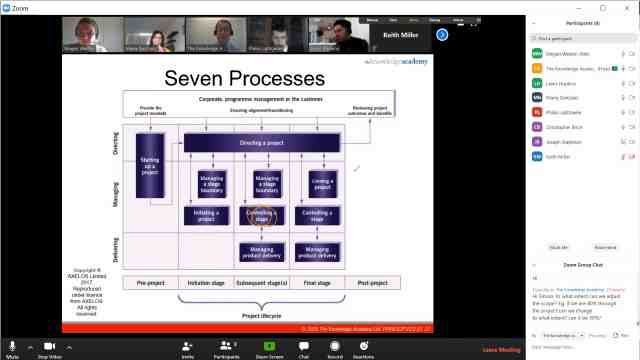
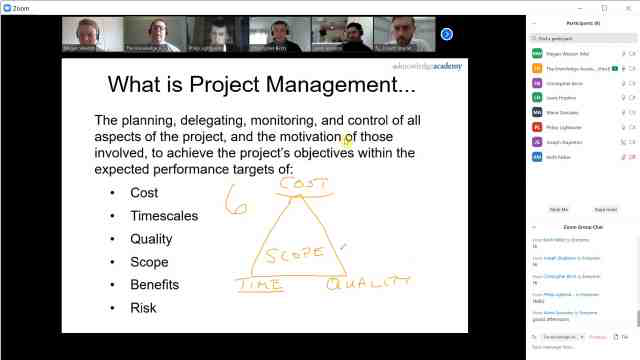
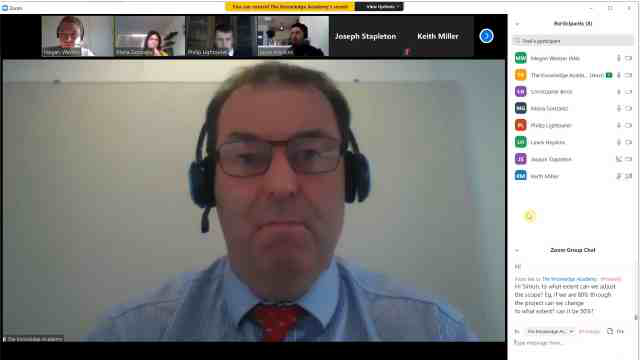
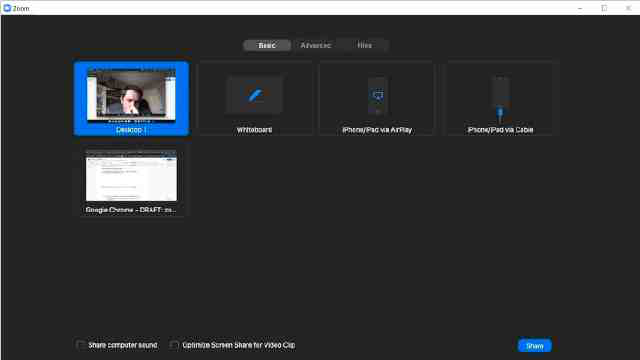





























 Back to course information
Back to course information




 If you wish to make any changes to your course, please
If you wish to make any changes to your course, please

